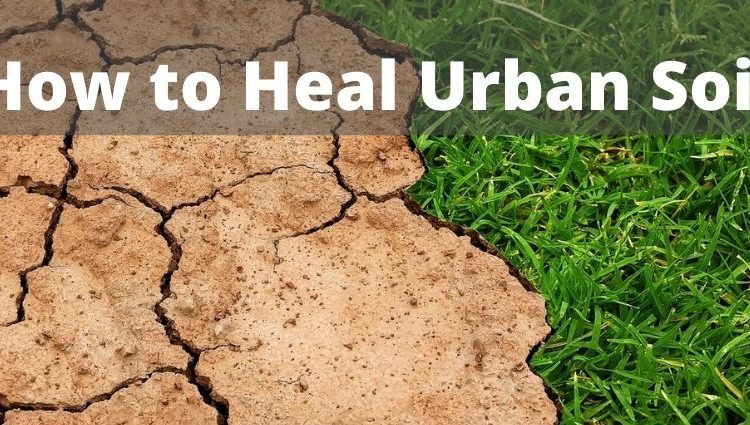According to the US Soil Survey Manual, urban soils have suffered the effects of pollution, construction sites, and rapid development. There are certain steps anyone can take to improve the soil around their home and infuse it with life again
Desirable Soil
Organic matter, Soil texture, particle size, structure, PH, and depth to bedrock are all factors that can affect a soil’s health. If a soil has too much organic matter there may be a chance that it could decompose too quickly and become “sticky,” or unworkable. If a soil texture has too high an amount of sand, silt, or clay particles it can affect the soil drainage and water retention. A good balance of all of these characteristics will ensure good air and water movement and allow plants and greenery to prosper.
Check Out: Complete Guide to Soil
Restore the Organic Layer
One component of soil that affects its functioning and is often devoid in urban soil is organic matter. Usually the very top layer of soil, this blend of decayed life will add nutrients to your plants.
One way to add organic matter to your lawn and garden is to start a compost pile. Designate an area of your yard to throw away all of your vegetable and fruit scraps, cardboard or sawdust scraps, pine needles, coffee grounds, shredded leaves, straw, and even weeds. It’s essential to keep a balance of brown scraps which are high in carbon and green scraps which are high in nitrogen. Nitrogen will help your scraps decompose. To view a complete list of scraps to use and not to use visit Composting 101.
It may also be helpful to keep your compost pile somewhere that gets direct sunlight or even add worms to speed up the decomposition process.
Check Out: Build Great Garden Soil, the easy no dig way
Keep PH in Check
 This is vital to ensure proper nutrient absorption in clay-like and acid prone urban soil. PH testers can be found in the gardening sections of most stores. Dig a small hole and fill it with a neutral water (bottled is best) and once there is a muddy pool just place the probe inside. A PH of 7 is neutral, below 7 is acidic, and above 7 is alkaline. Most plants will thrive in a PH range of 6-7, however it depends on the type of plant. If PH levels need to be raised, a limestone derived agent called Lime will do this. If levels need to be lowered any sulfur-containing agent such as Urea will work.
This is vital to ensure proper nutrient absorption in clay-like and acid prone urban soil. PH testers can be found in the gardening sections of most stores. Dig a small hole and fill it with a neutral water (bottled is best) and once there is a muddy pool just place the probe inside. A PH of 7 is neutral, below 7 is acidic, and above 7 is alkaline. Most plants will thrive in a PH range of 6-7, however it depends on the type of plant. If PH levels need to be raised, a limestone derived agent called Lime will do this. If levels need to be lowered any sulfur-containing agent such as Urea will work.
Aeration
It’s important to aerate a lawn and garden if you notice that you’ve taken all of the above steps and your greenery still doesn’t look healthy. When aerating a garden it’s important not to “over-till” because this can make compaction even worse. One of the best tilling methods to use is to “double-dig.” Partially dig a shovel into the soil and let the soil fall down into the same order it was lifted. If your lawn is already in place and needs to be aerated, it may be best to have it done with a lawn auger. This is done by boring small holes throughout a lawn to allow enough water, nutrients, and air to get into hard, clay-like soils. April or late September is the best time to aerate.



Comments are closed, but trackbacks and pingbacks are open.